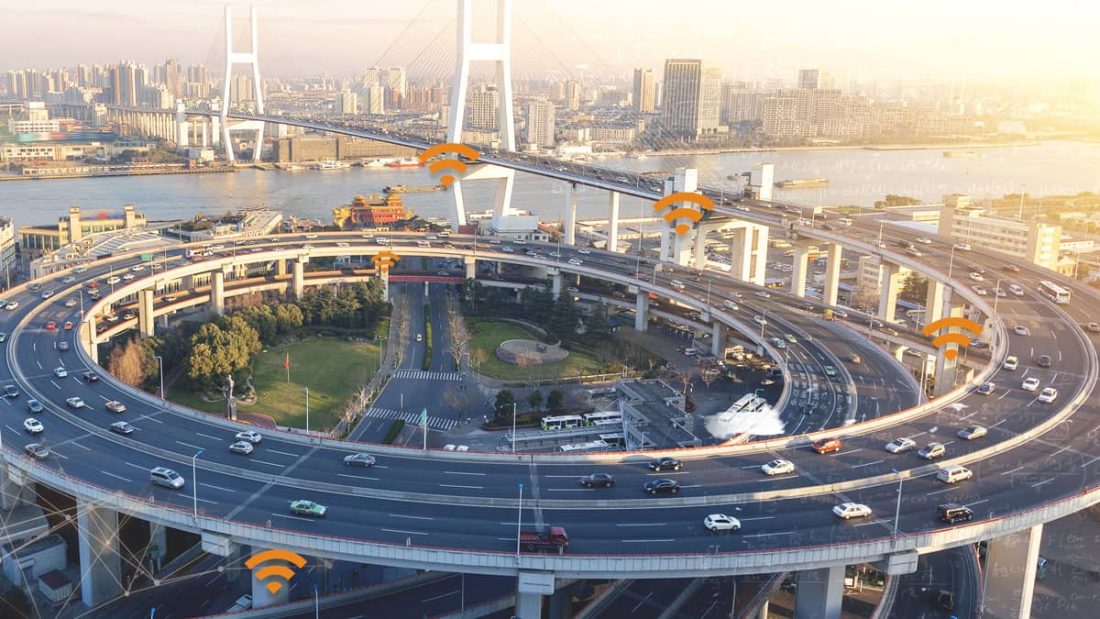The Imperative of Connecting Civil Structures for Structural Health Monitoring
Traditional methods of structural assessment often involve reactive responses to visible damage or catastrophic events. With connected SHM systems, data collection is in real-time, akin to a constant health check for buildings, bridges, dams, and other vital infrastructures. This proactive approach enables early detection of potential issues before they escalate into safety hazards, ensuring the safety of communities.
According to the American Society of Civil Engineers, 56,007 bridges in the United States were structurally deficient in 2019. Connected SHM could significantly reduce this number by allowing early detection and intervention.
Although the initial investment in connected SHM may seem like a nice-to-have, a comparative analysis reveals why it’s essential. Structural failures result in significant human and financial costs. A connected system can identify minor issues, allowing for cost-effective early interventions. This not only extends the lifespan of structures but also minimizes emergency repair costs and potential litigation.
A study by the National Institute of Standards and Technology found that for every dollar spent on hazard mitigation, there is a $6 reduction in future disaster costs.
In an era of increasing resource scarcity, connected SHM systems provide invaluable data for efficient planning and resource allocation. Decision-makers can prioritize maintenance by identifying structures needing immediate attention. This minimizes wastage of manpower and materials, fostering a sustainable approach to urban development.
The World Economic Forum estimates that by 2030, there will be a 40% gap between the global demand for infrastructure investment and current funding levels. Efficient resource allocation is vital to bridge this gap.
Connected SHM systems generate copious amounts of data that can be analyzed to make informed decisions. This includes choosing materials for specific environmental conditions, predicting the impact of traffic loads on bridges, and more. Integration of Artificial Intelligence and machine learning enhances predictive accuracy, making SHM indispensable for smart cities.
The implementation of connected SHM isn’t merely about solving current challenges; it’s about future-proofing. IoT technologies are evolving rapidly, and civil engineering must adapt. Those investing in connected SHM today are better positioned to integrate more advanced solutions as they become available.
As urban environments grow and age, effective structural health monitoring is paramount. Connecting civil structures for continuous, real-time monitoring is no longer an option—it’s a necessity. Such systems promise enhanced safety, economic benefits, efficient resource allocation, and position us for a future of data-driven, sustainable urban living.

